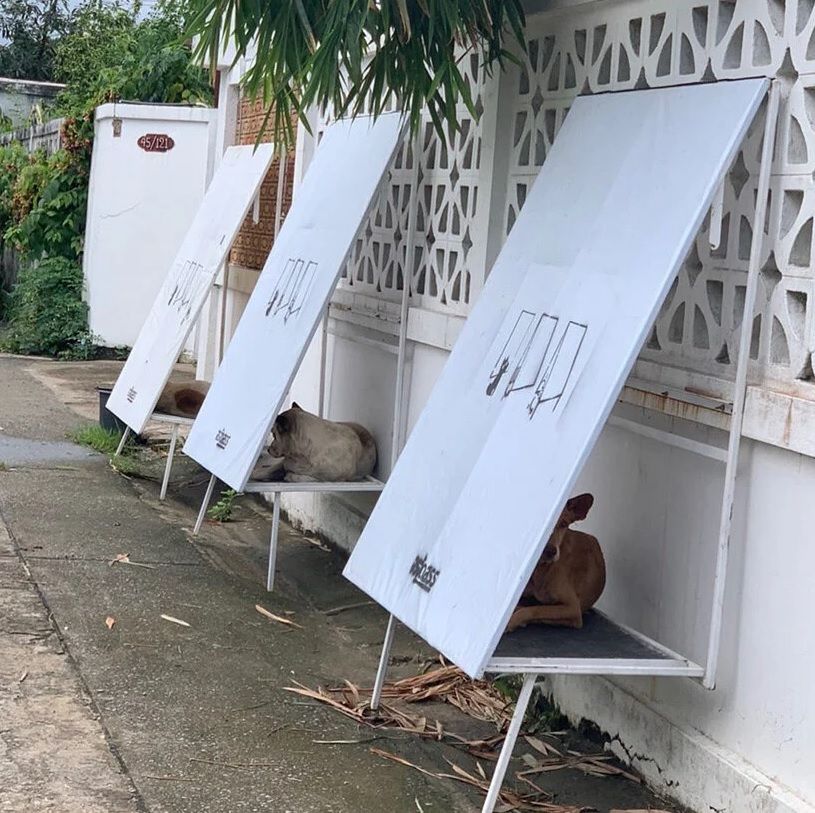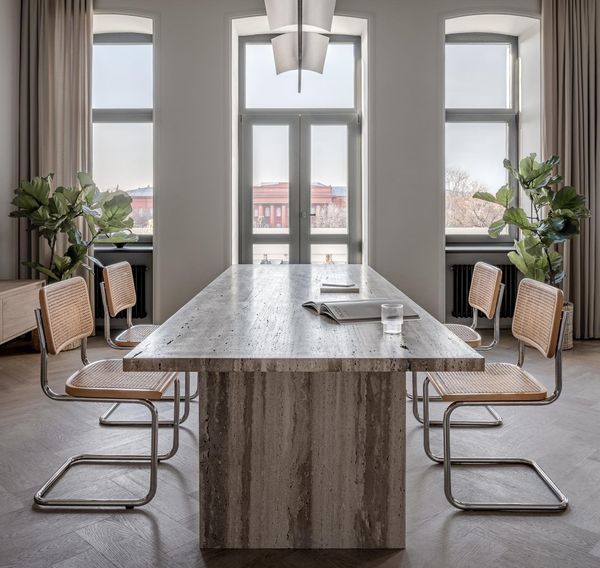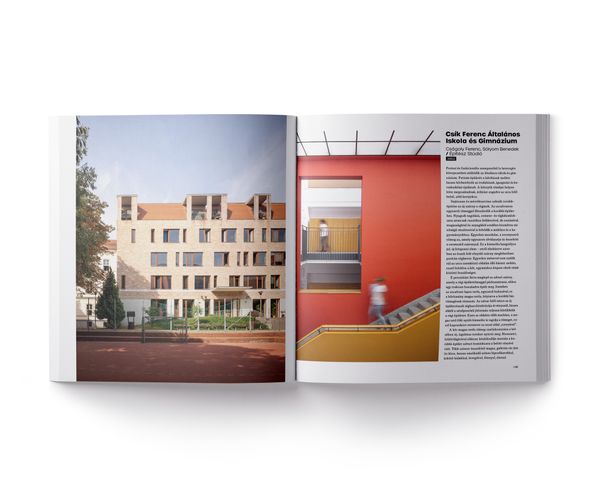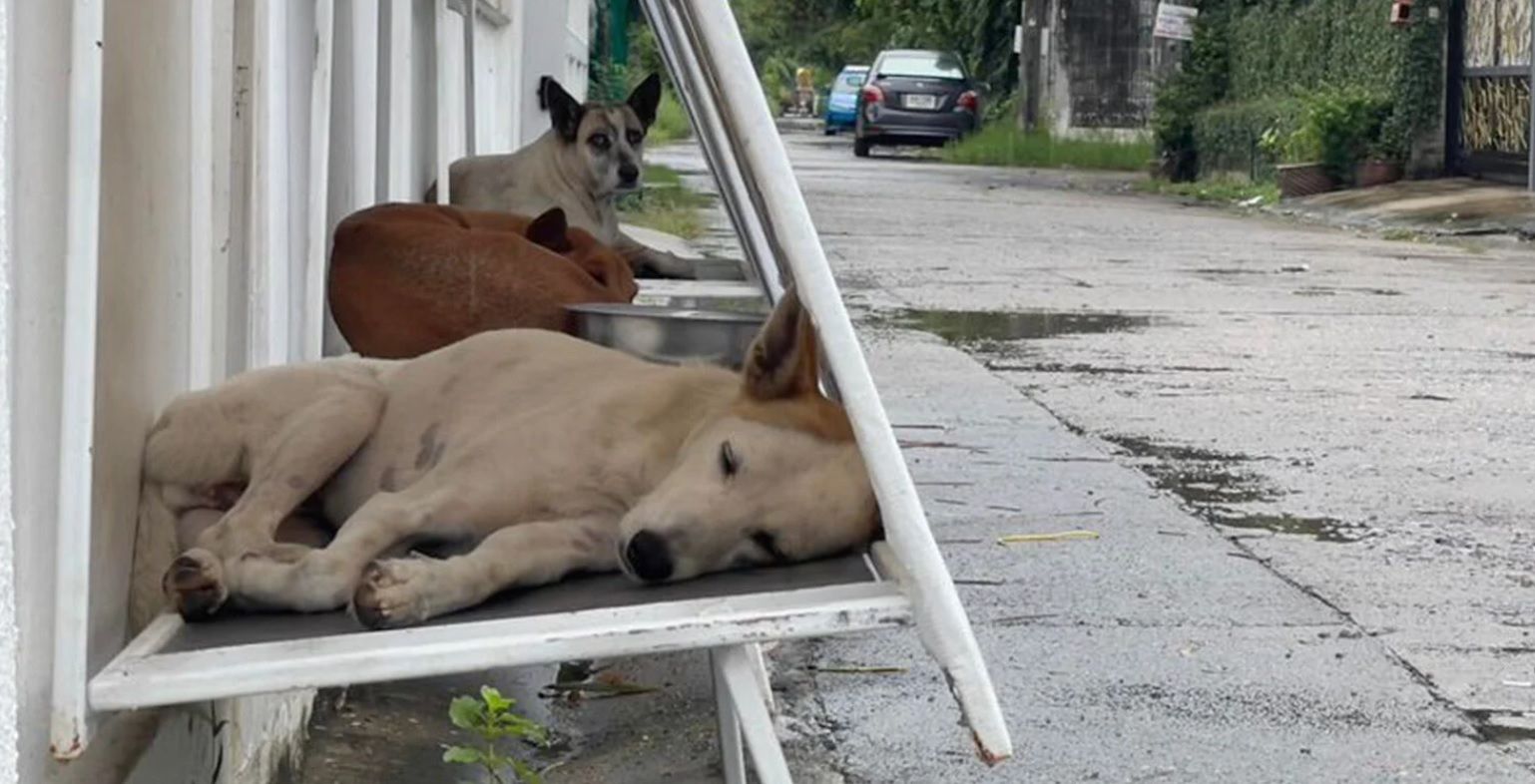A completely unconventional solution was invented in Thailand in order to provide shelter for stray dogs. The idea improves dogs’ living conditions while focusing on sustainability, as well.
The issue became pressing by figures showing that 750,000 of the country’s 6.7 million dogs are living on the streets. Stand for Strays, a group in Thailand, has created the Homeless Allot Model, a functional shelter for stray dogs made from recycled billboards. The structure is easy to install and can be set up anywhere in cities, protecting animals from harsh weather and street conditions.



Source: Designboom
more to read

startup
What should you do if you have a good idea but have no clue where to start its implementation? Go to Warsaw! | Innovation and startups in the CEE region
Many Polish companies have no idea what innovation is, not to mention how they should do it. Nonetheless, innovation has often been their actual aim when they collaborated with startups. The most thriving startup hub in Central and Eastern Europe is Poland, with plenty of opportunities for the startuppers of

architecture
Bogdanova Bureau hopes that they could return to their Kyiv office
After a long home office period, the team of Bogdanova Bureau could use their Kyiv office for only 6 months before Russia invaded Ukraine. They told the story of the office with photos taken before the war, hoping that they could return someday.
The studio office building was built in

architecture
The contemporary architecture of Budapest in a book, as you’ve never seen it before!
We may not even think about how many and various buildings have “sprung up” in Budapest in the last twenty years. Especially if we broaden the concept of contemporary architecture, as the authors and editors of “Budapest Architecture 2000-2020” themselves do: they show us the exciting changes the capital has









